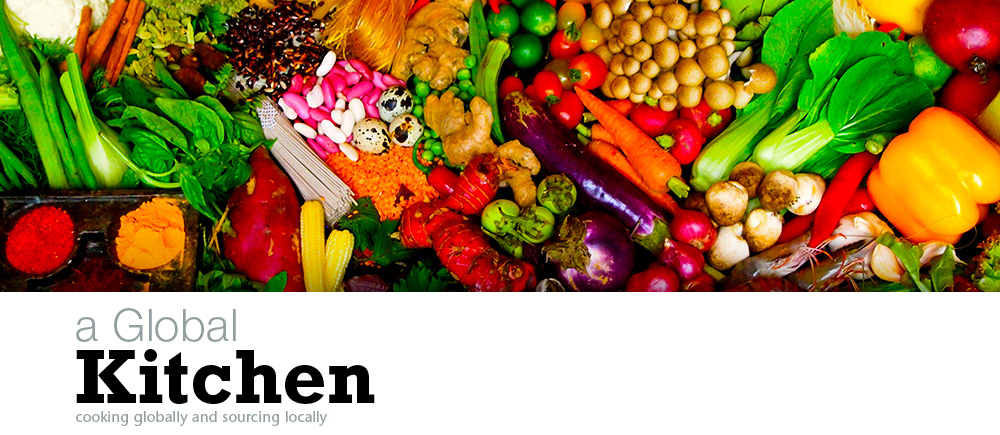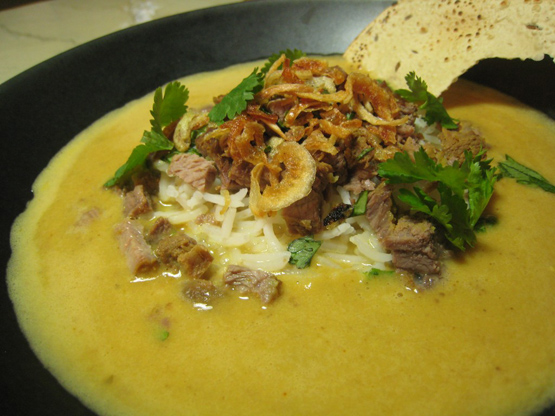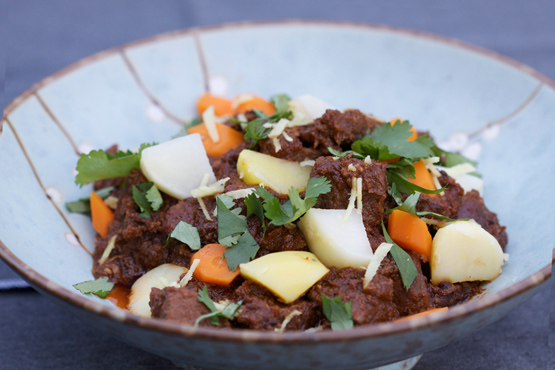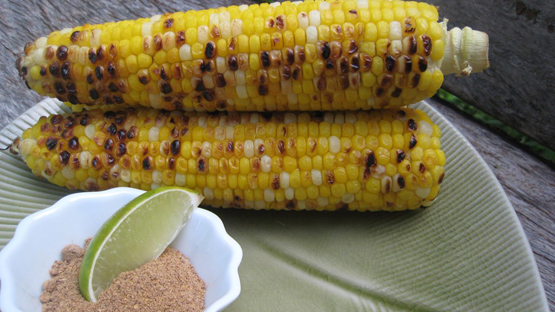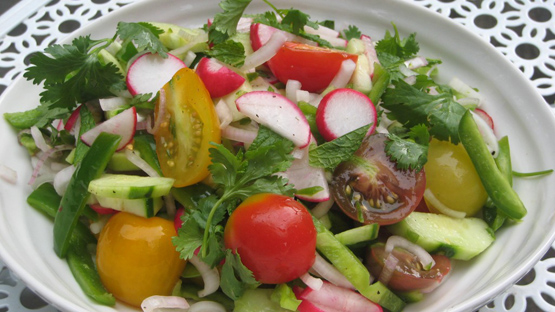I’ve always liked it when you’re having a friendly, let’s catch up with each other, conversation and something unexpected materializes and puts you on a path that leads you to a destination you’ve been searching for. This happened in early 2013 while having lunch with a friend, and long time Vietnam resident. In between bites of delicious vegetarian Vietnamese food I shared with him that I suspected there were some food related connections between India and Vietnam. A visit to Pondicherry in the state of Tamil Nadu sparked this curiosity when a chef I was speaking with mentioned that there were some older women who sold Vietnamese spring rolls door to door in the older part of the city. My friend shared with me that one of his closest friends, now living in England, had done her PhD about the Tamil community in Saigon and he would happily connect us. I had found some solid food leads on my own but there were some holes that needed to be filled and small parts of her thesis helped me with some minor, yet, important connections. Finally, this past autumn I spent some time in Saigon and was able to investigate the Indian community there and learn about how they influenced a few dishes in the Vietnamese kitchen.
This result was this article that I wrote for Zester Daily. At the end of the article there is a goat curry recipe Chef Tracey Lister of the Hanoi Cooking Centre learned from a Vietnamese chef in Saigon that she has included in her upcoming book title Real Vietnamese Cooking (to be released in April 2014 by Hardie Grant).
